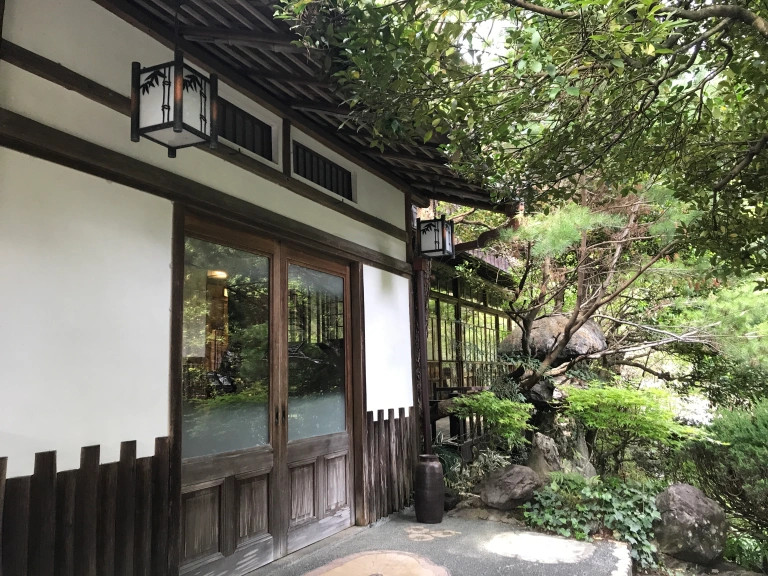
This registered tangible cultural asset is now closed to the public, which is an absolute shame.
In the town of Ome on the very northwestern fringe of Tokyo is an absolutely gorgeous place called Kajikaen. It’s an old ryokan, or Japanese inn, registered as a tangible cultural asset, that has been operating as an art museum for the last six years. Unfortunately, it closed its doors forever on April 16.
Our Japanese-language reporter Mariko Ohanabatake managed to visit it just before it closed and she can’t help feeling sad that it’s not available to the public anymore. She was so impressed with the space that she decided to document her tour so that some of its legacy could live on.
Ryokan-ken Shitsurei Bijutsukan Kajikaen, as it’s officially named (translated as Inn-building Traditional Room Art Gallery), was located right next to Mitake Station, which is close to Okutama, a beautiful hiking area in the northwestern fringe of Tokyo.
The trip from central Tokyo requires a transfer to the Ome Line at Ome Station, and from there the train passes through what feels like endless tunnels of greenery, offering occasional glimpses of a rushing mountain stream down lush cliffs, until finally you arrive at Mitake Station.
The area around the station afforded similar gorgeous views, surrounded by the vibrant greenery of nearby Mt. Mitake and the gently coursing flow of the Tama River. It had the kind of ephemeral natural beauty that you want to capture in a painting.
Mariko only had to walk one minute to Kajikaen, which sat on the banks of the Tamagawa River. Just from the outside, it looked like the kind of ryokan you’d find in exclusive locations out in the countryside, not right next to a station.
Kajikaen opened its doors as an inn and Japanese restaurant at the start of the Showa period in 1926. After the inn closed in 2017, the building turned into an art museum but maintained its original decor and design, displaying art within the beauty of traditional-style rooms.
The building itself was gorgeous. One would expect these kinds of elaborate designs in a tourist hotspot like Hakone, not in a more off-the-beaten-path spot like Okutama. It was said to have been built from a single cedar tree from Yakushima, and it was simply picturesque.
After paying the entry fee–a measly 800 yen (US$5.97)–Mariko was free to explore the building’s central rooms, banquet hall, and bathing rooms.
Everything seemed meticulously designed, making the inn itself a work of art. The construction was something of a relic; apparently, no plasterers in today’s day and age know the techniques used to build this inn, so no one could build another one like it today. No wonder it had been registered as a tangible cultural asset.
And of course, the interior wasn’t the only beauty to be seen. The views of Mt. Mitake and the Tamagawa River were to die for.
It was obvious that the original designer had carefully calculated how best to design the windows to take advantage of these views.
Some of the nature had been brought inside, as well. For example, the tokonoma, or alcoves for displaying art, also had fresh, seasonal flowers on display.
Beautiful art and furnishings decorated each of the rooms and the corridors. They all seemed like precious pieces, but were openly on display, unprotected by glass cases or divisional barriers.
What’s more, on closer look, many of the artworks were by extremely famous Edo-and-Meiji-era Japanese artists, like Maruyama Okyo, Ike no Taiga, and Hishikawa Moronobu. Mariko assumed they must be worth an absolute fortune.
The main hall was especially impressive. She couldn’t possibly fathom how much that room was worth.
Each of the works of art also had hand-written descriptions by the museum’s owner, and reference books on art were also available to browse. Everything, from the interior to the art and the scenery outside, was tastefully displayed. Mariko couldn’t help thinking that a visit to this place was worth far more than just 800 yen!
The ryokan, when it was in operation, had been the type of place where eminent guests lodged, and in the passageway leading between buildings, Mariko found autographs of famous actors and film directors. In the main hall, a poem written by the last emperor of China when he and his family came to stay at Kajikaen, was also on display.
Despite being equal parts architecture, nature, and art, Kajikaen has maintained an inconspicuous existence since its founding as a museum, open to the public but seemingly overlooked. It was a shame, because the space was understatedly luxurious.
It would be nice to think that, since the building is a tangible cultural asset registered with the country, it would never be torn down. But even if it remained standing, without someone to keep up with the care of the facility, it’ll fall into ruin. Beyond that, the building is, without a doubt, full of the character and sense of the owner, much of which might be lost in their absence, so the closing of this special place is doubly a shame.
Sadly, despite its amazing features, Kajikaen has hardly left a mark on the Internet; for example, it only has 31 reviews on Google Maps. When Mariko asked the owner about this, they responded, “Well, it’s going to close soon, so it doesn’t really matter.” Mariko felt so impassioned that she actually implored them to consider doing something, if only to leave a record of their amazing facility behind after it closed to the public. It might have been a bit silly to do something so unrefined in such a refined place, but Mariko thought it necessary to preserve this special slice of 20th century Japanese culture.
Sadly, Kajikaen is now closed and visitors may no longer explore its traditional-style rooms, beautiful old art, and relaxing atmosphere. But if you’re looking for more cultural assets to explore in the Tokyo area, you can still check Japan’s oldest beer hall, as well as as a 90-year-old traditional event space.
● Want to hear about SoraNews24’s latest articles as soon as they’re published? Follow us on Facebook and Twitter!

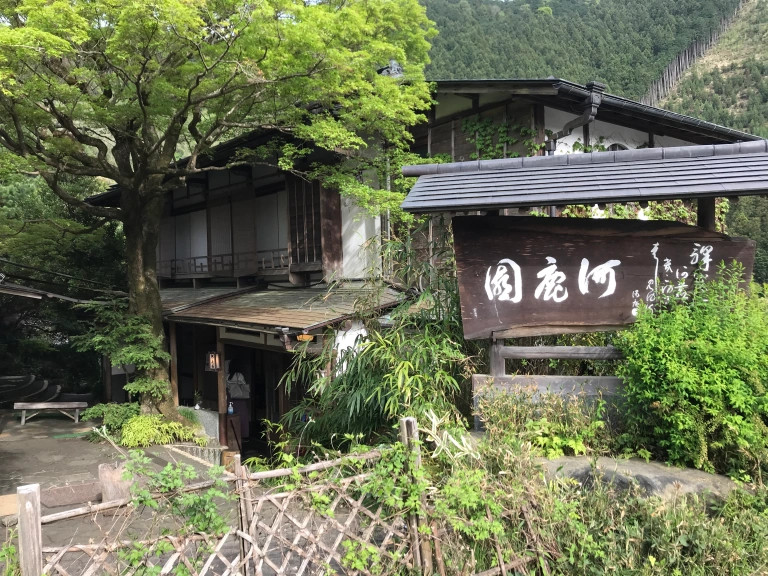
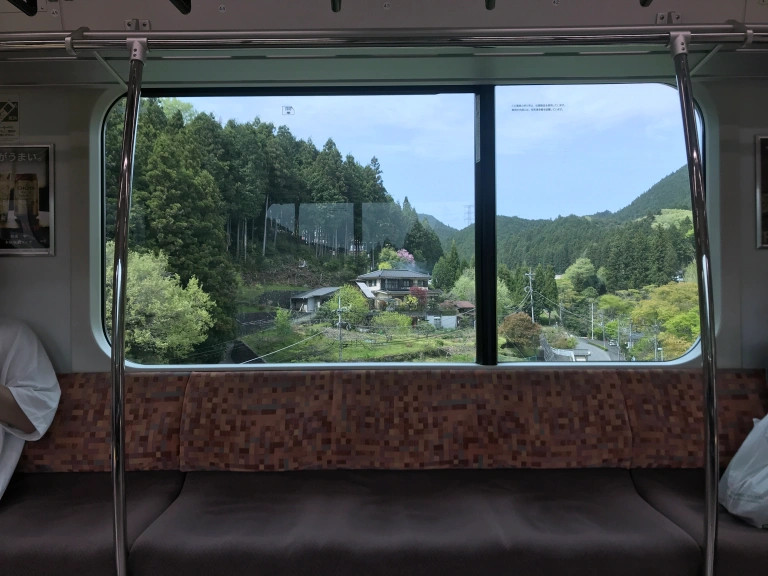
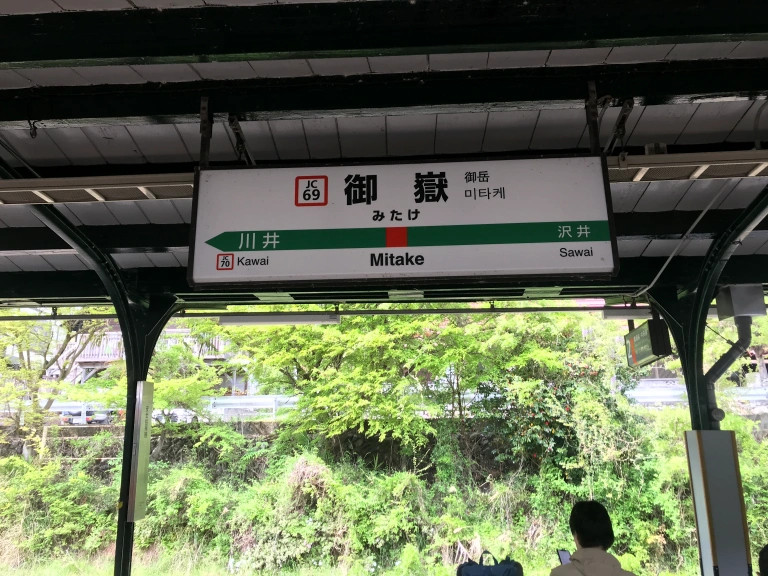
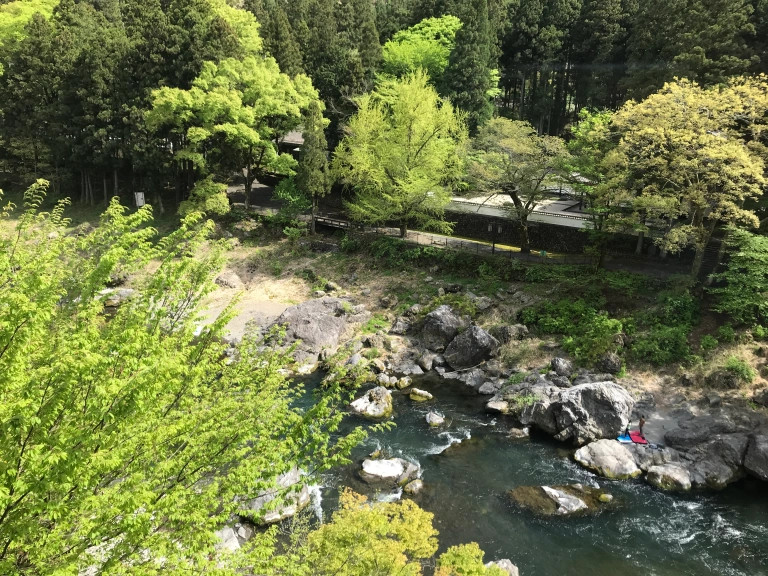
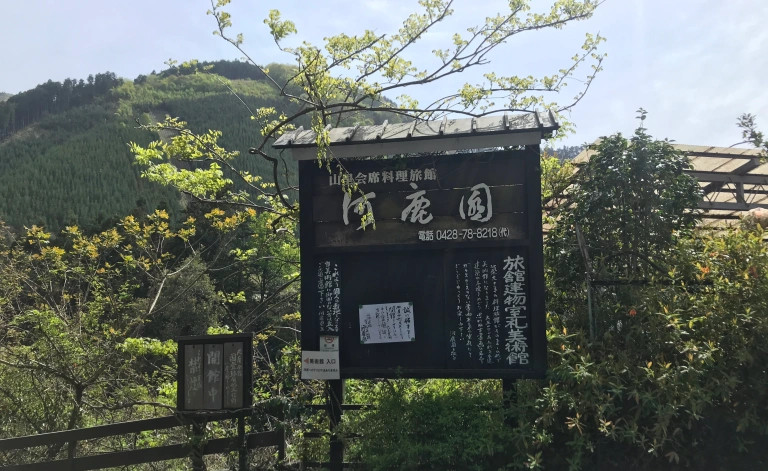
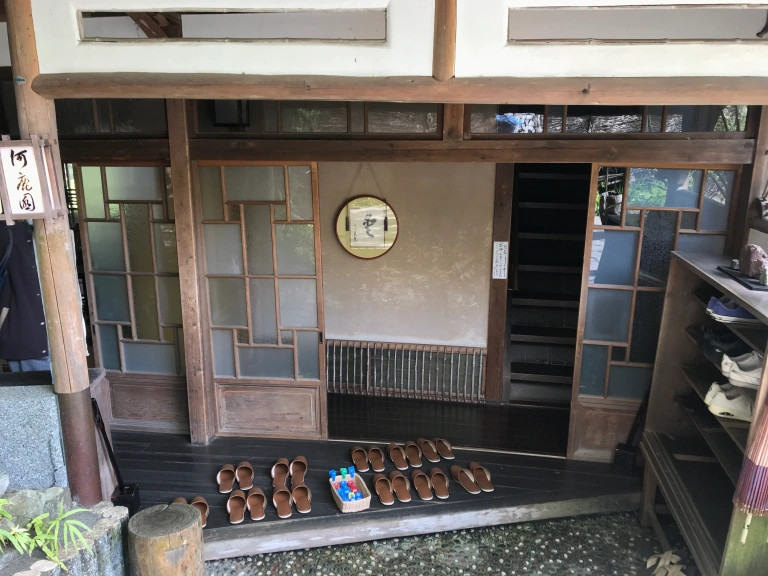
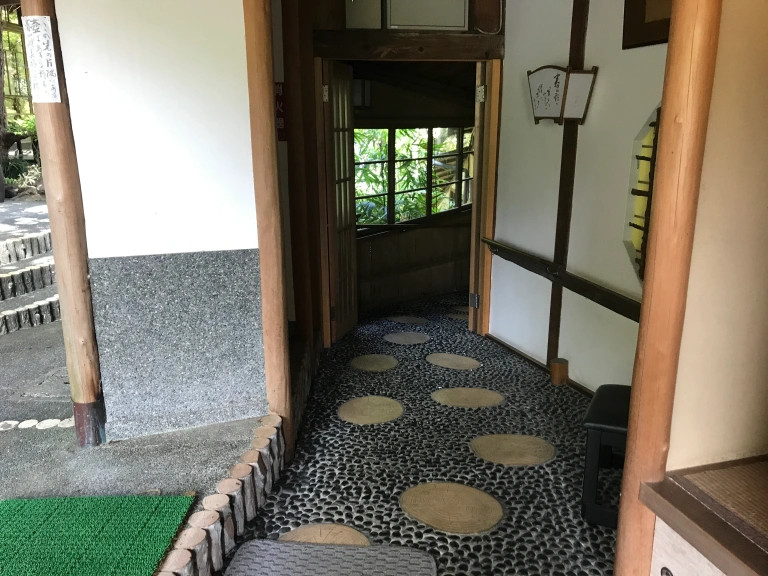
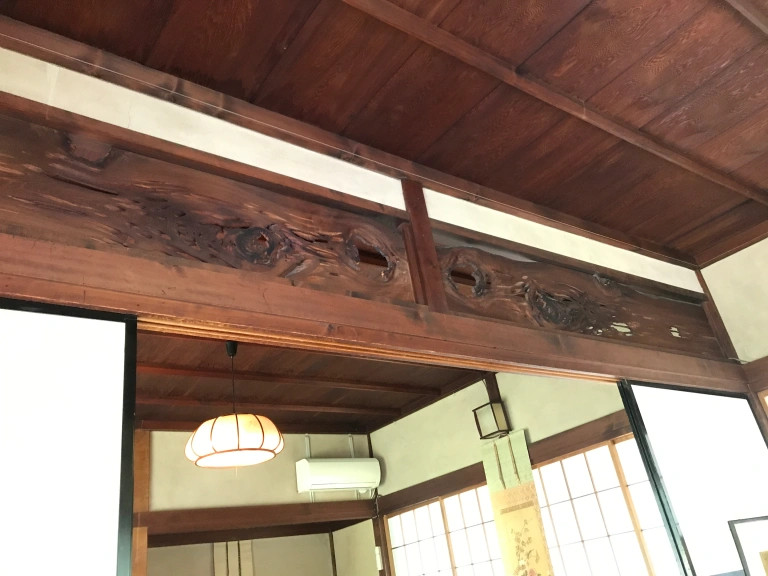
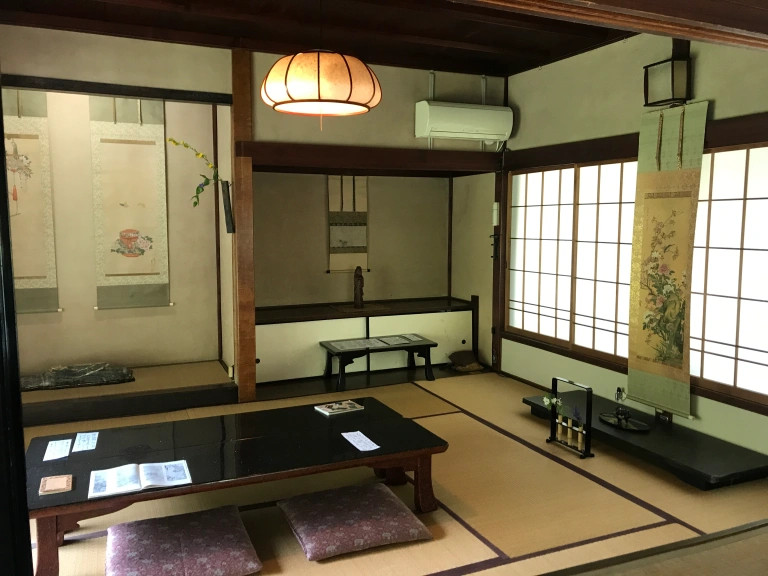
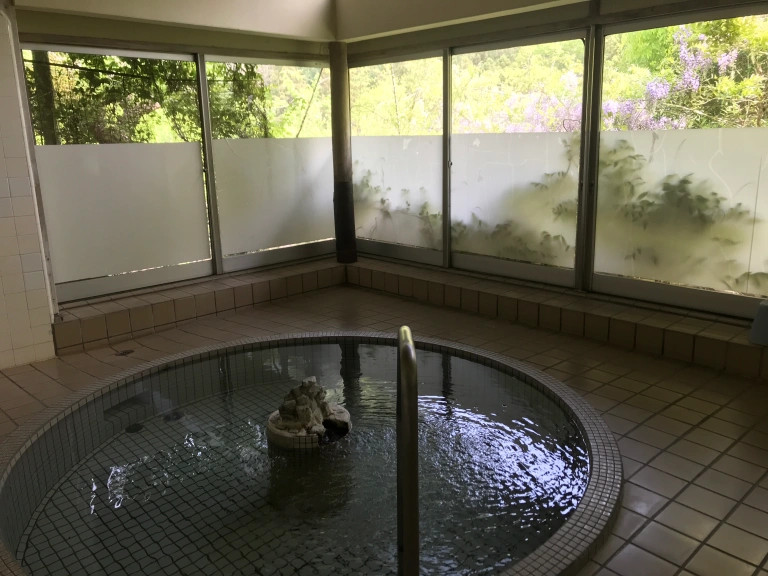
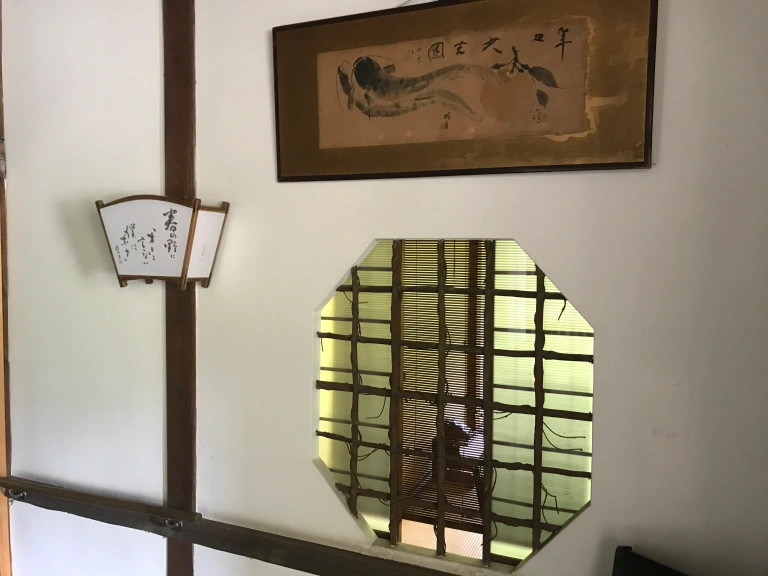
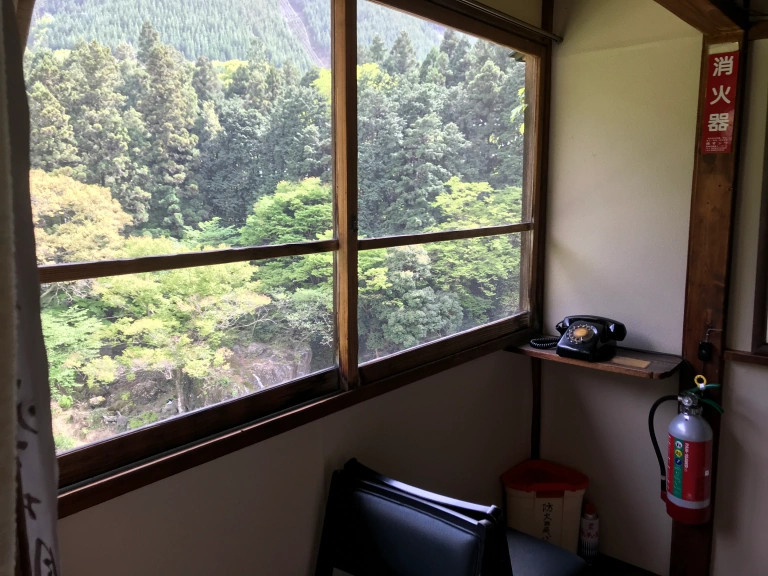
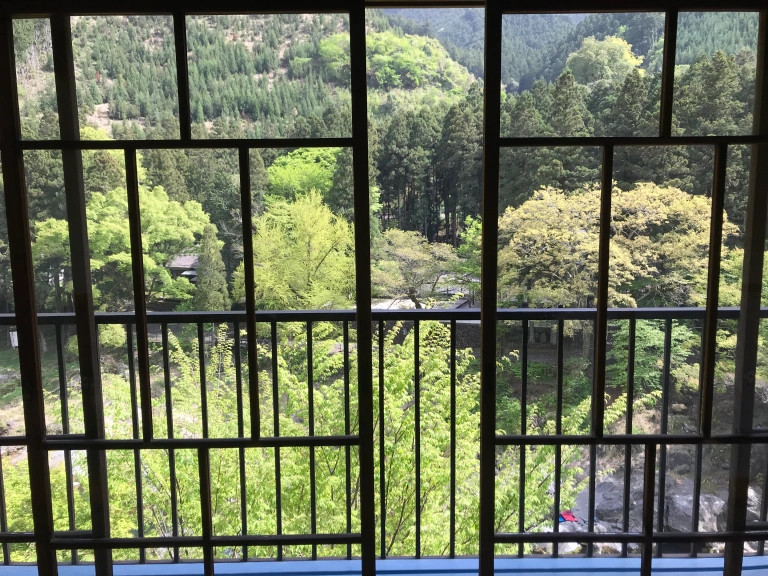
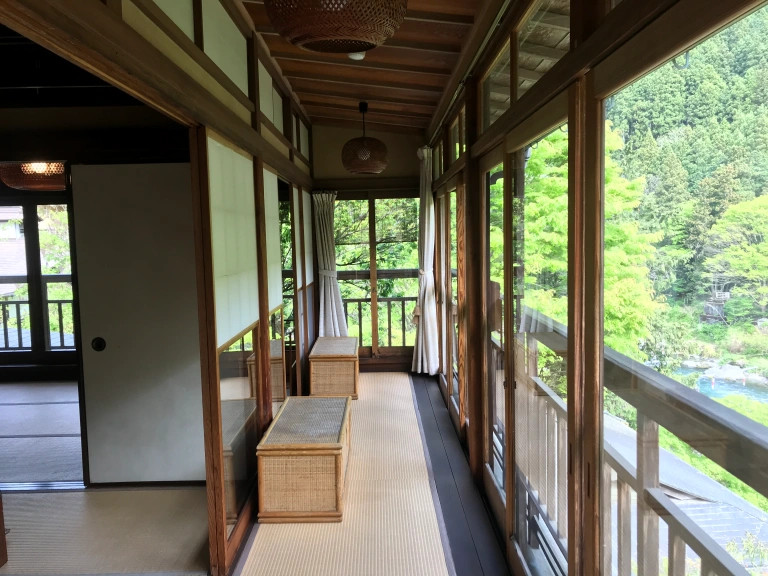
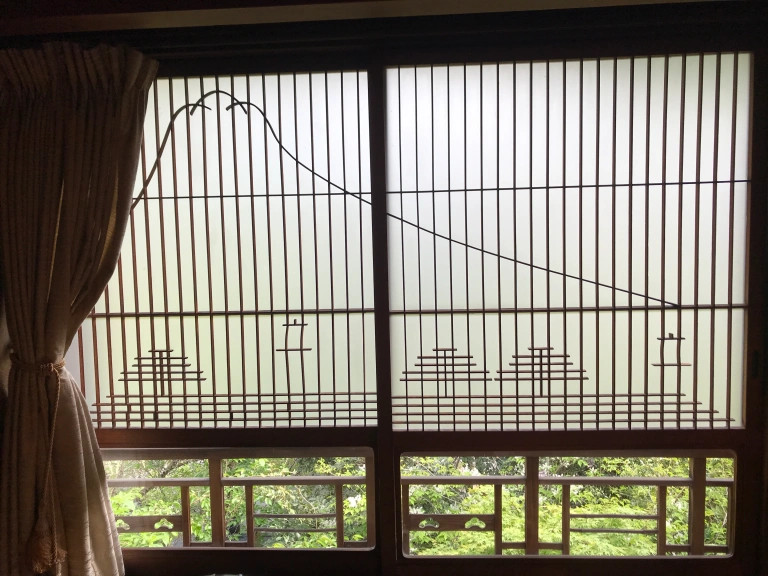
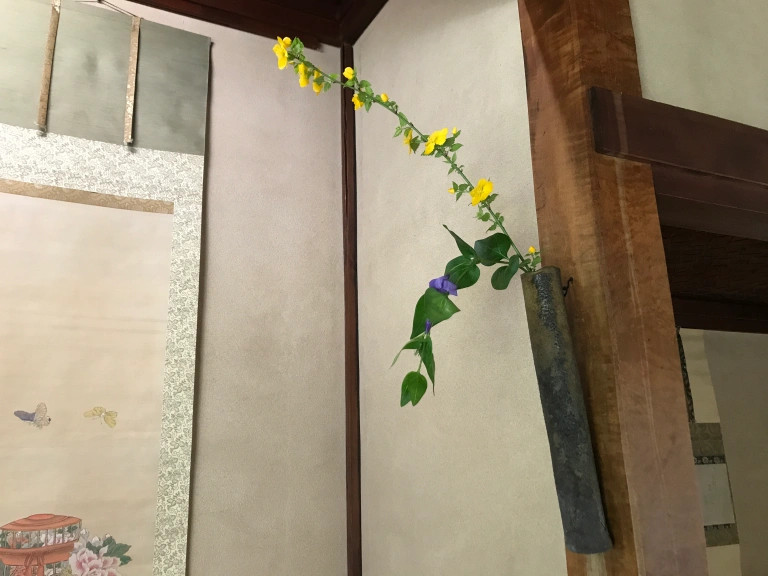

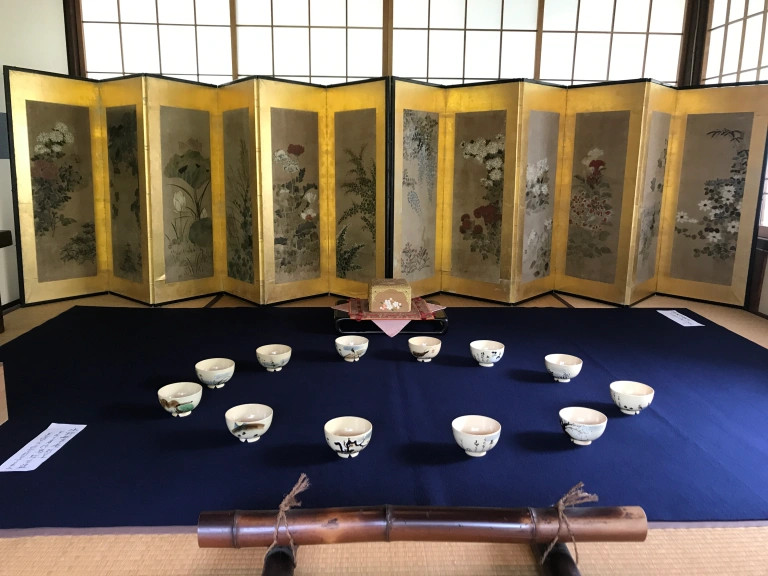

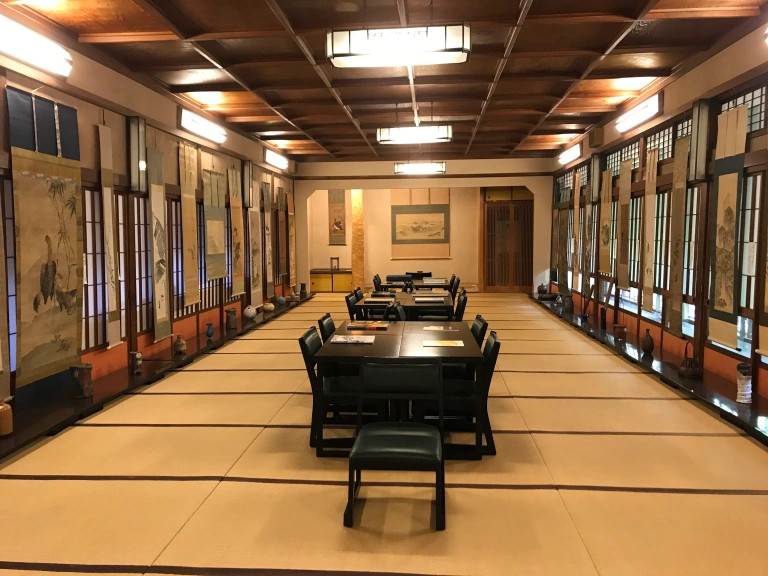
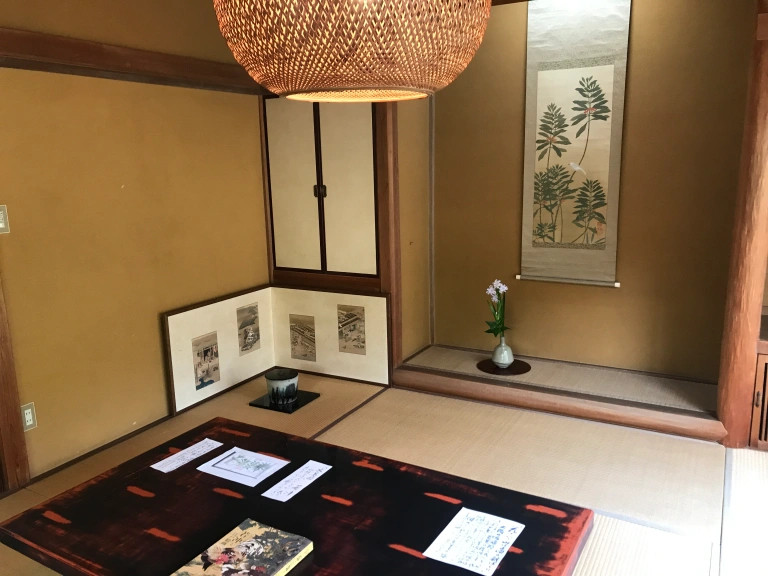
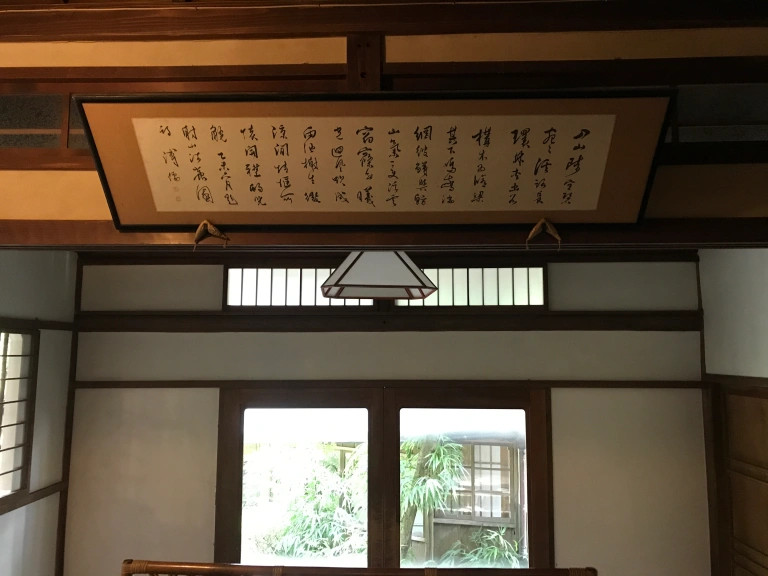
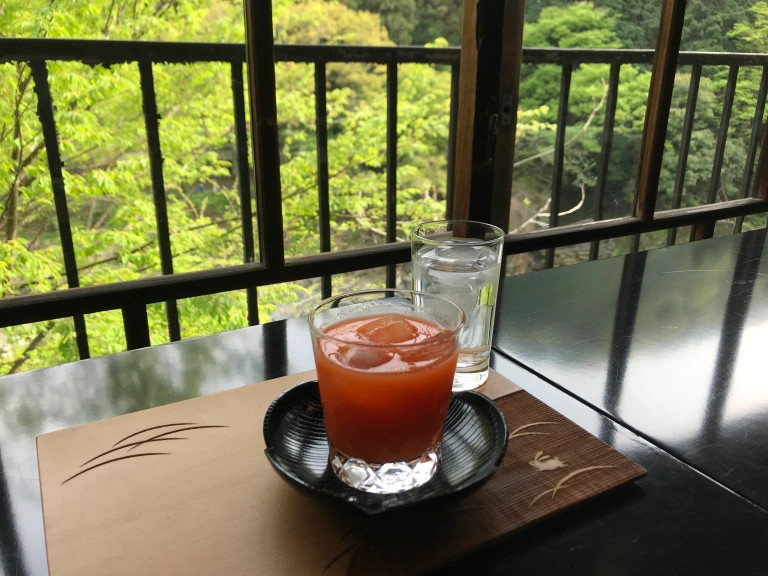
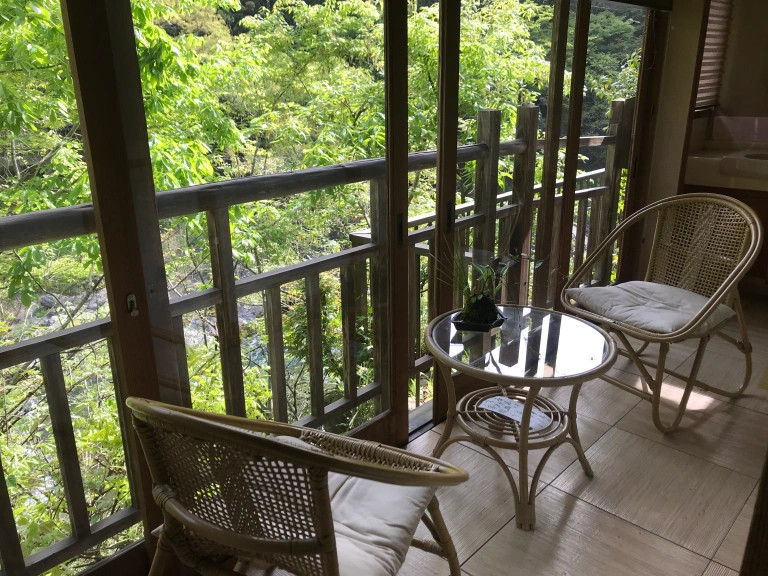
 End-of-the-line exploring in Japan: Visiting Hashimoto Station
End-of-the-line exploring in Japan: Visiting Hashimoto Station Do Tokyo’s Reversible Destiny Lofts really hold the power to reverse your destiny?
Do Tokyo’s Reversible Destiny Lofts really hold the power to reverse your destiny? Rakuten Travel reveals the top 5 best-rated, off-the-beaten-track Japanese ryokan inns
Rakuten Travel reveals the top 5 best-rated, off-the-beaten-track Japanese ryokan inns A visit to T-CAT, Tokyo’s often forgotten City Air Terminal【Photos】
A visit to T-CAT, Tokyo’s often forgotten City Air Terminal【Photos】 Take it from a local: This resort island off the coast of Nagasaki is totally worth a side trip
Take it from a local: This resort island off the coast of Nagasaki is totally worth a side trip Disney princesses get official manga makeovers for Manga Princess Cafe opening in Tokyo
Disney princesses get official manga makeovers for Manga Princess Cafe opening in Tokyo Beautiful new Final Fantasy T-shirt collection on the way from Uniqlo【Photos】
Beautiful new Final Fantasy T-shirt collection on the way from Uniqlo【Photos】 Is the new Shinkansen Train Desk ticket worth it?
Is the new Shinkansen Train Desk ticket worth it? Kyushu-exclusive Black Mont Blanc goes nationwide in a “Special” way
Kyushu-exclusive Black Mont Blanc goes nationwide in a “Special” way Foreign English teachers in Japan pick their favorite Japanese-language phrases【Survey】
Foreign English teachers in Japan pick their favorite Japanese-language phrases【Survey】 Hey, Japanese taxi driver! Take us to your favorite restaurant in Tsuruga City!
Hey, Japanese taxi driver! Take us to your favorite restaurant in Tsuruga City! Osaka’s creepy cute mascot speaks for first time, adds more fuel the creepy OR cute debate【Video】
Osaka’s creepy cute mascot speaks for first time, adds more fuel the creepy OR cute debate【Video】 The results are in! One Piece World Top 100 characters chosen in global poll
The results are in! One Piece World Top 100 characters chosen in global poll Hanton rice — a delicious regional food even most Japanese people don’t know about, but more should
Hanton rice — a delicious regional food even most Japanese people don’t know about, but more should We go looking for the free kaoyu hot spring facebath of onsen town Kusatsu【Photos】
We go looking for the free kaoyu hot spring facebath of onsen town Kusatsu【Photos】 Our Japanese reporter visits Costco in the U.S., finds super American and very Japanese things
Our Japanese reporter visits Costco in the U.S., finds super American and very Japanese things New Studio Ghibli bedding sets are cool in all senses of the word
New Studio Ghibli bedding sets are cool in all senses of the word We try out “Chan Ramen”, an underground type of ramen popular in the ramen community
We try out “Chan Ramen”, an underground type of ramen popular in the ramen community New Pokémon cakes let you eat your way through Pikachu and all the Eevee evolutions
New Pokémon cakes let you eat your way through Pikachu and all the Eevee evolutions There’s a park inside Japan where you can also see Japan inside the park
There’s a park inside Japan where you can also see Japan inside the park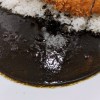 Japanese black curry “experiment” takes place at an unlikely restaurant branch in Tokyo
Japanese black curry “experiment” takes place at an unlikely restaurant branch in Tokyo Japanese convenience store packs a whole bento into an onigiri rice ball
Japanese convenience store packs a whole bento into an onigiri rice ball New definition of “Japanese whiskey” goes into effect to prevent fakes from fooling overseas buyers
New definition of “Japanese whiskey” goes into effect to prevent fakes from fooling overseas buyers Uniqlo opens its first Furugi Project secondhand clothing pop-up shop in Tokyo
Uniqlo opens its first Furugi Project secondhand clothing pop-up shop in Tokyo Studio Ghibli releases Kiki’s Delivery Service chocolate cake pouches in Japan
Studio Ghibli releases Kiki’s Delivery Service chocolate cake pouches in Japan Japan’s bone-breaking and record-breaking roller coaster is permanently shutting down
Japan’s bone-breaking and record-breaking roller coaster is permanently shutting down Toyota built a life-sized Miraidon Pokémon and are letting people test drive it this weekend
Toyota built a life-sized Miraidon Pokémon and are letting people test drive it this weekend Foreign passenger shoves conductor on one of the last full runs for Japan’s Thunderbird train
Foreign passenger shoves conductor on one of the last full runs for Japan’s Thunderbird train Kyoto bans tourists from geisha alleys in Gion, with fines for those who don’t follow rules
Kyoto bans tourists from geisha alleys in Gion, with fines for those who don’t follow rules Studio Ghibli unveils Mother’s Day gift set that captures the love in My Neighbour Totoro
Studio Ghibli unveils Mother’s Day gift set that captures the love in My Neighbour Totoro Domino’s Japan now sells…pizza ears?
Domino’s Japan now sells…pizza ears? New Japanese KitKat flavour stars Sanrio characters, including Hello Kitty
New Japanese KitKat flavour stars Sanrio characters, including Hello Kitty Sales of Japan’s most convenient train ticket/shopping payment cards suspended indefinitely
Sales of Japan’s most convenient train ticket/shopping payment cards suspended indefinitely Sold-out Studio Ghibli desktop humidifiers are back so Totoro can help you through the dry season
Sold-out Studio Ghibli desktop humidifiers are back so Totoro can help you through the dry season Japanese government to make first change to romanization spelling rules since the 1950s
Japanese government to make first change to romanization spelling rules since the 1950s Ghibli founders Toshio Suzuki and Hayao Miyazaki contribute to Japanese whisky Totoro label design
Ghibli founders Toshio Suzuki and Hayao Miyazaki contribute to Japanese whisky Totoro label design Doraemon found buried at sea as scene from 1993 anime becomes real life【Photos】
Doraemon found buried at sea as scene from 1993 anime becomes real life【Photos】 Tokyo’s most famous Starbucks is closed
Tokyo’s most famous Starbucks is closed One Piece characters’ nationalities revealed, but fans have mixed opinions
One Piece characters’ nationalities revealed, but fans have mixed opinions We asked a Uniqlo employee what four things we should buy and their suggestions didn’t disappoint
We asked a Uniqlo employee what four things we should buy and their suggestions didn’t disappoint Princesses, fruits, and blacksmiths: Study reveals the 30 most unusual family names in Japan
Princesses, fruits, and blacksmiths: Study reveals the 30 most unusual family names in Japan Studio Ghibli’s new desktop Howl’s Moving Castle will take your stationery on an adventure
Studio Ghibli’s new desktop Howl’s Moving Castle will take your stationery on an adventure What’s it like traversing Tokyo using only wheelchair accessible routes?
What’s it like traversing Tokyo using only wheelchair accessible routes? Cruising around Gunkanjima, Japan’s otherworldly “Battleship Island”【Photos】
Cruising around Gunkanjima, Japan’s otherworldly “Battleship Island”【Photos】 We book a night in a bookshelf at Book and Bed in Shinjuku
We book a night in a bookshelf at Book and Bed in Shinjuku House hunting? Here are some tips that might prevent headaches and frustrations
House hunting? Here are some tips that might prevent headaches and frustrations BonAppetour startup lets you cook and dine with Tokyo locals in their homes
BonAppetour startup lets you cook and dine with Tokyo locals in their homes Reports of the death of Tokyo’s Daikanyama neighborhood have been greatly exaggerated
Reports of the death of Tokyo’s Daikanyama neighborhood have been greatly exaggerated Shop in Tokyo’s Chinatown has TWENTY kinds of delicious homemade steamed buns
Shop in Tokyo’s Chinatown has TWENTY kinds of delicious homemade steamed buns We get a rare whiff of the corpse flower, a.k.a. the world’s stinkiest flower, in Tokyo botanical garden
We get a rare whiff of the corpse flower, a.k.a. the world’s stinkiest flower, in Tokyo botanical garden 3 convenience store ice creams you should buy at 7-Eleven in Kyushu
3 convenience store ice creams you should buy at 7-Eleven in Kyushu Hello Kitty doesn’t have a mouth, so how does she video chat with fans? We find out!
Hello Kitty doesn’t have a mouth, so how does she video chat with fans? We find out! Our Starbucks “Nothingness” Frappuccino proves you can’t customise out flavour in Japan
Our Starbucks “Nothingness” Frappuccino proves you can’t customise out flavour in Japan We try out the delicious, fluffy milk bread featured in the Japanese anime movie Your Name
We try out the delicious, fluffy milk bread featured in the Japanese anime movie Your Name On-warabimochi: A delicious Japanese dessert you should only eat with people who already love you
On-warabimochi: A delicious Japanese dessert you should only eat with people who already love you We visit the breathtaking “House of Light” in the Japanese countryside
We visit the breathtaking “House of Light” in the Japanese countryside Using Tokyo’s Tadaima Plus campaign is cheaper than calling a late-night taxi
Using Tokyo’s Tadaima Plus campaign is cheaper than calling a late-night taxi
Leave a Reply